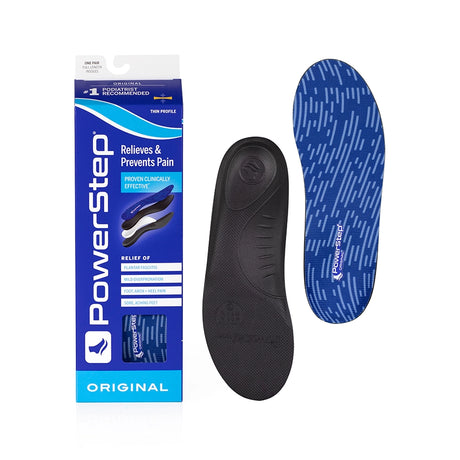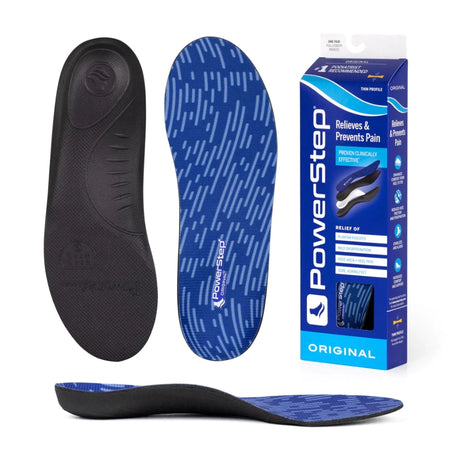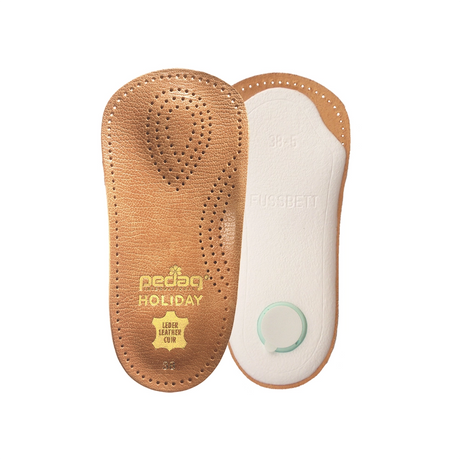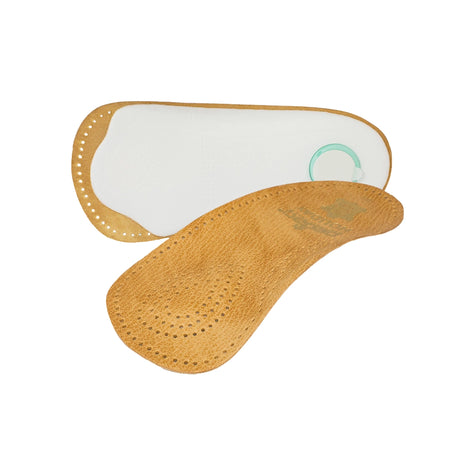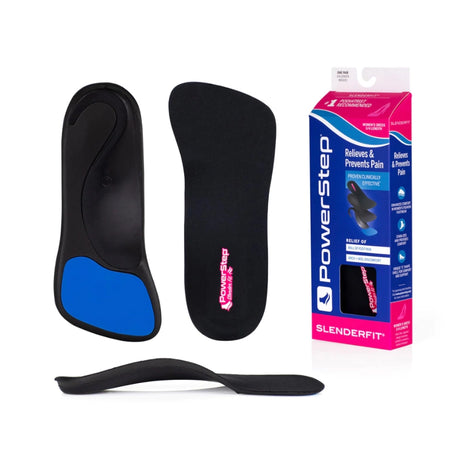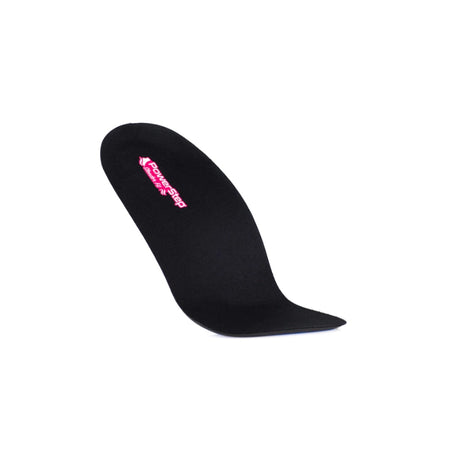Office & Dresswear Insoles
You're currently browsing our entire selection of insoles suitable for office & dresswear. Use the product filters below to narrow your selection, or contact us if you have any questions or for a recommendation.
Currently shopping for:
Best for Office & Dresswear
Why do you recommend these items?
Why do you recommend these items?
We choose our product recommendations based on a combination of our own usage & opinion of the products, product design & product features, conversations we've had with our customers regarding their product usage & experience, and collective customer product feedback & reviews.
Looking for something different?
Looking for something different?
General recommendations aren't always a one-size-fits-all solution, and we understand that! Our team is more than happy to provide a customized recommendation for you. Simply contact us and give us some information about what you're looking for and we'd be happy to assist!

